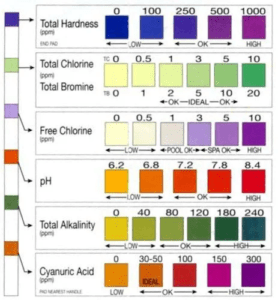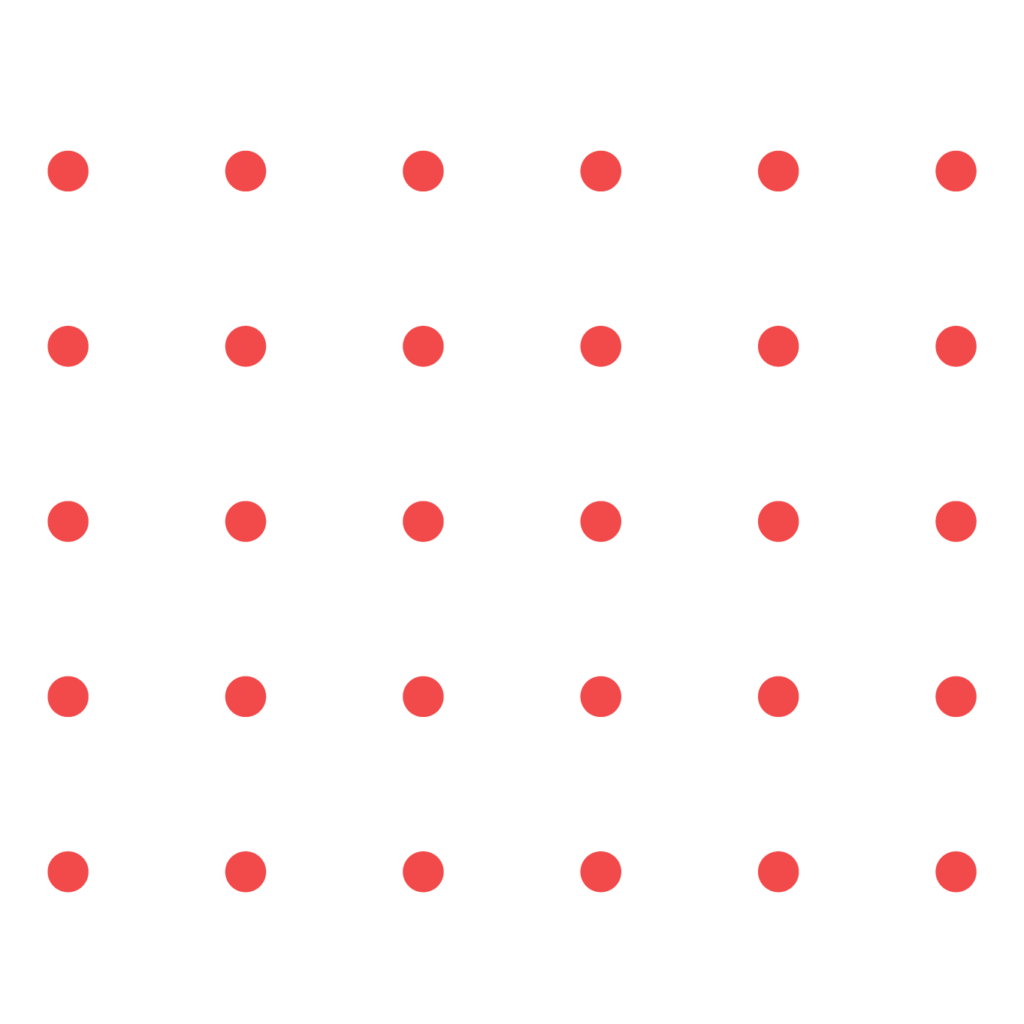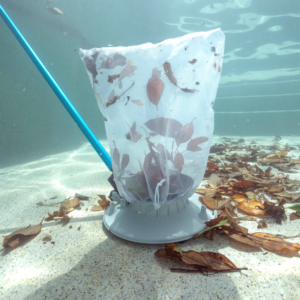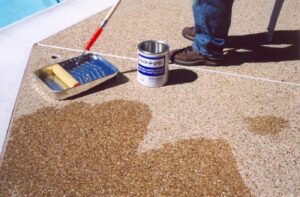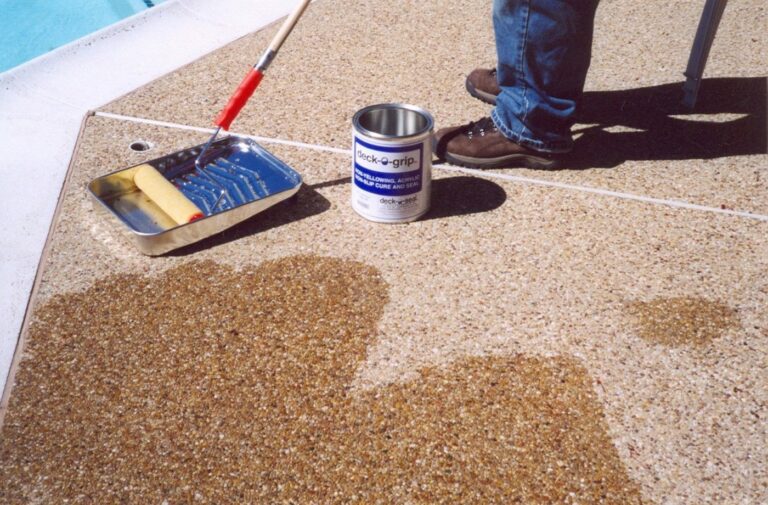Chlorine has never been such a hot topic in the pool and spa industry as it has this past year. Unprecedented chlorine shortages dominated the conversation for many who work in pool and spa businesses and the issue highlighted the need for alternative options to chlorine along with educating the industry on how to manage chlorine demand. It’s a complex issue, but thankfully, the team of pool and spa manufacturer reps at Alpha West have plenty of solutions in both education and alternatives.
Over the next few posts we will review and educate you on what causes high chlorine demand, how to lower your chlorine demand, and chlorine alternatives.
Keep pH Balance in Check
The importance of maintaining proper pH balance cannot be overstated. pH levels in swimming pools affect everything from swimmer comfort, longevity of pool surfaces and equipment, water clarity, and more. One of the most overlooked problems associated with pH that is not properly balanced is the effect it has on your sanitizer’s performance.
The ideal range for a swimming pool water’s pH is between 7.4 and 7.6. While this may be a fact you’re aware of, you may not realize that keeping your water’s pH in this range greatly increases your chlorine’s effectiveness.
The most common sanitizer for swimming pool water is chlorine. For this post, we will focus just on chlorine, but pH is a factor in almost all pool water sanitizers effectiveness.
For most pool owners and professionals, chlorine is added using chlorine tablets, chlorine granules, salt chlorine generators and liquid chlorine. Chlorine is effective at killing or inactivating pathogens and algae. The active ingredient in chlorine is Hypochlorous acid.
Looking at the chart above you can clearly see how maintaining a proper pH can dramatically increase the effectiveness of your sanitizer without adding excessive amounts of chlorine!
Tackle Algae Before it’s a Problem
Many people only think about using algaecide when algae issues become apparent. However, when you’re trying to lower chlorine demand, algaecide can help. By using algaecide on a regular basis, you inhibit algae growth, which means chlorine won’t have to work as hard. Also, keeping algae growth to a minimum means that you won’t have algae driving up your pH.
Borates to the Rescue
Speaking of keeping on top of pH levels and inhibiting algae growth, borates are another effective option. Products such as Ultima Endure or GLB’s Exhilarator Water Conditioner work alongside your current sanitizers to condition the water, keeping algae at bay and maintaining proper pH levels so that your chlorine can do its job optimally.
We recommend AquaChek borate test strips that deliver fast, easy-to-read results, helping to keep borate levels in the ideal range for battling algae.
Employ some Mineral Power
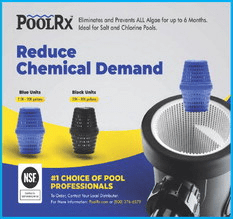
Break Down Waste with Enzymes
Enzymes don’t sanitize pool or spa water, but they do cause the organic waste that accumulates in the water to break down. That means that chlorine in the swimming pool has less work to do. GLB’s Enzyme Clarifier and Natural Clear are great ways to combat organic waste.
Incorporate Advanced Oxidation Process
AOP (advanced oxidation process) combines the contaminant destroying power of both Ozone and UVC light. In fact, bringing the two sanitizers together creates an incredibly powerful contaminant eradicator. When an AOP system is used alongside chlorine, the chlorine needed to keep the water balanced and safe is far less.
Think about an ORP/pH Controller
If you own and/or operate a commercial swimming pool, then add an automated ORP/pH controller system. A system like the Rola-Chem® features a control panel where you can easily see the water’s chemical levels. The system also incorporates dispensing pumps that add the proper amounts of pool chemicals, as needed.
Alpha West is on Your Side
If you’re looking to lower chlorine demand in swimming pools, the team of pool and spa manufacturer reps at Alpha West has resources to help. We love coming up with solutions for our clients. Get in touch with us today to start discussing your needs for your pool and spa business.


